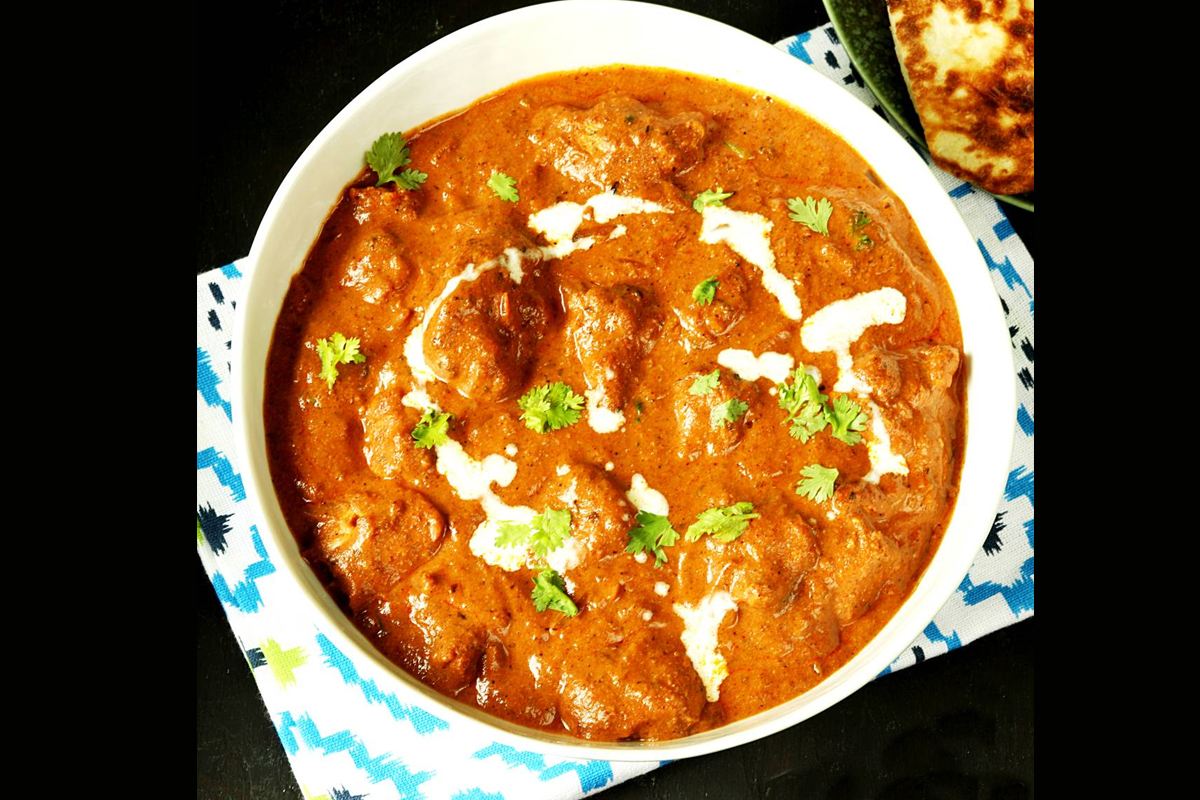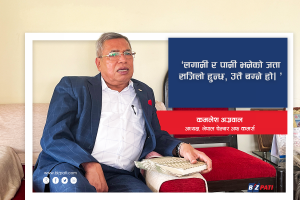
Binod
Baral
While many
once considered fish and chips the "national dish" of the UK, times
have changed, and people now often refer to Chicken Tikka Masala as the
inclusive national dish of Britain. It has become a culinary symbol of
multicultural unity in the United Kingdom. Interestingly, despite its South
Asian name, Chicken Tikka Masala was actually born and raised in the UK, thanks
to a British citizen of South Asian origin.
The foundation
for the popularity of curry in the UK can be traced back to the 17th century
when Britain engaged in trade with the Indian subcontinent. This trade brought
with it the importation of exotic spices that would forever transform British
cuisine. Historians note that those fortunate enough to serve in India returned
with a newfound appreciation for curry, which offered a delightful departure
from the plain and monotonous British food of that era.
Historical
records reveal that as early as 1733, the Norris Street Coffee House in
London's Haymarket was already offering curry dishes to its patrons.
Furthermore, the renowned Hannah Glasse, often hailed as the "Mrs. Beeton
of Georgian England," played a significant role in introducing Indian
flavors to British cooking. Her influential cookbook, "The Art of Cookery
Made Plain and Easy," published in 1747, featured Indian pilau and curry
recipes, further cementing the fusion of these culinary traditions.
Despite various historical challenges and setbacks, the popularity of curry steadily rose. Notably, the importation of turmeric tripled between 1820 and 1840, reflecting the growing fascination with Indian flavors. By the 1840s, curry had gained recognition for its potential dietary and health benefits. It was believed to stimulate the stomach, invigorate blood flow, and enhance mental acuity.
However, in the year 1857, there was a big problem in India when the soldiers there rebelled against the British rulers. This event, known as the "Indian Mutiny of 1857," affected everything related to India, including its food. It took more than fifty years for curry to regain its popularity, even though it had the support of the British royals. But by the 1960s, curry had become a regular and important part of the British diet. People no longer saw it as something strange or foreign. Instead, it had become a beloved part of the nation's food culture. In today's Britain, curry is one of the most cherished dishes, and chicken tikka masala and chicken Balti are some of the most preferred choices.

In the wake
of World War II, the popularity of curry in Britain experienced another boost
due to the substantial influx of immigrants from South Asia. Today, curry has
evolved into an integral part of British cuisine, with chicken tikka masala in
particular earning the distinction of being referred to as "a true British
national dish" since the late 1990s.
The story
of chicken tikka masala takes a fascinating turn with the arrival of Ali Ahmed
Aslam, affectionately known as "Mr. Ali." Aslam, a young boy born in
Pakistan (though some claims suggest he hailed from East Pakistan, now
Bangladesh), moved to Glasgow, Scotland, where he would ultimately make his
mark on British culinary history. In 1964, he founded the Shish Mahal
restaurant in Glasgow's west end and is credited with the creation of the
now-famous Chicken Tikka Masala.
The legend
of Chicken Tikka Masala's origin revolves around a customer complaint in the
1970s about a chicken dish being overly dry. In response, Aslam drew inspiration
from his recent consumption of Campbell's condensed tomato soup, which had
brought him relief from a stomach ulcer. This unexpected combination of tinned
tomato soup, spices, and chicken birthed the dish known as Chicken Tikka
Masala. As Aslam put it, "So since then we've been cooking it with a sauce
made of yogurt, cream, and spices."
The United
Kingdom stands as a vibrant tapestry of cultures, where people from around the
world have come together to call it home. In this diverse and dynamic
environment, one particular dish has emerged as a symbol of unity and a
celebration of culinary multiculturalism - Chicken Tikka Masala. This beloved
dish has secured a special place on British plates, transcending boundaries of
background, age, and taste preferences. To understand its significance, let's
dissect the various elements that contribute to this tantalizing creation and
explore why it has become an integral part of British gastronomy.
The primary
ingredient in Chicken Tikka Masala, chicken, is one of the most universally
cherished and widely consumed meats across the globe. Its neutral flavor serves
as a versatile canvas for a diverse range of spices and herbs, making it an
appealing choice that resonates with a broad audience.
The
utilization of barbecuing techniques adds a layer of smoky allure to the dish.
Barbecue, as a timeless cooking method, is enjoyed worldwide, and its
distinctive flavors makes chicken tikka universally enticing. The roots of
barbeque as a culinary technique can be traced back to ancient Egyptian and
Sumerian cultures around 7000 BC, highlighting its deep-seated presence in
various global traditions.
The base of
the sauce in chicken tikka masala is tomato. Tomatoes, often referred to as
fruits though commonly considered vegetables, are among the world's most
popular fruits. Their tangy and rich nature forms the cornerstone of the dish,
offering a comforting and familiar aspect that appeals to many palates, often
referred to as a "pool of umami."
Cream and
butter, derived from milk, infuse the dish with richness and creaminess. Milk
is a fundamental product cherished by humans since time immemorial, creating a
universally relatable element in the dish.
The
intricate balance of ingredients like garam masala, methi (fenugreek) leaves,
sugar, and salt come together to create a harmonious blend of flavors. This
medley caters to a wide range of taste preferences, striking a harmonious
balance between sweetness, spiciness, and warmth.
The fusion
of these elements results in a dish that is both familiar and unique. Chicken
Tikka Masala seamlessly blends elements from Indian and British cuisines,
symbolizing the rich cultural diversity in the UK. It serves as a bridge
between different culinary traditions, a metaphor for the fusion of global cultures
in a multicultural society.
Chicken
Tikka Masala's adaptability is one of its great strengths. It can be tailored
to various spiciness levels and can be served with a variety of accompaniments,
including naan, rice, or even as a sandwich. This adaptability adds to its
universal appeal.
With its
mild and creamy profile, Chicken Tikka Masala caters to diverse sensory
preferences, making it an inclusive culinary delight that suits individuals
from all walks of life.
In conclusion, Chicken Tikka Masala is more than just a dish; it's a testament to the power of food in bringing people together. Its ingredients and cooking techniques are familiar and appreciated by many, making it a celebrated favorite in the UK. In this land of multiculturalism, it serves as a delicious symbol of unity and diversity, showcasing the harmonious coexistence of various cultural influences in British cuisine. With its rich history and timeless appeal, Chicken Tikka Masala stands as a testament to the beauty of cultural exchange on a plate, reminding us that a love for good food transcends all boundaries.
Binod Baral is Chef based in London.































